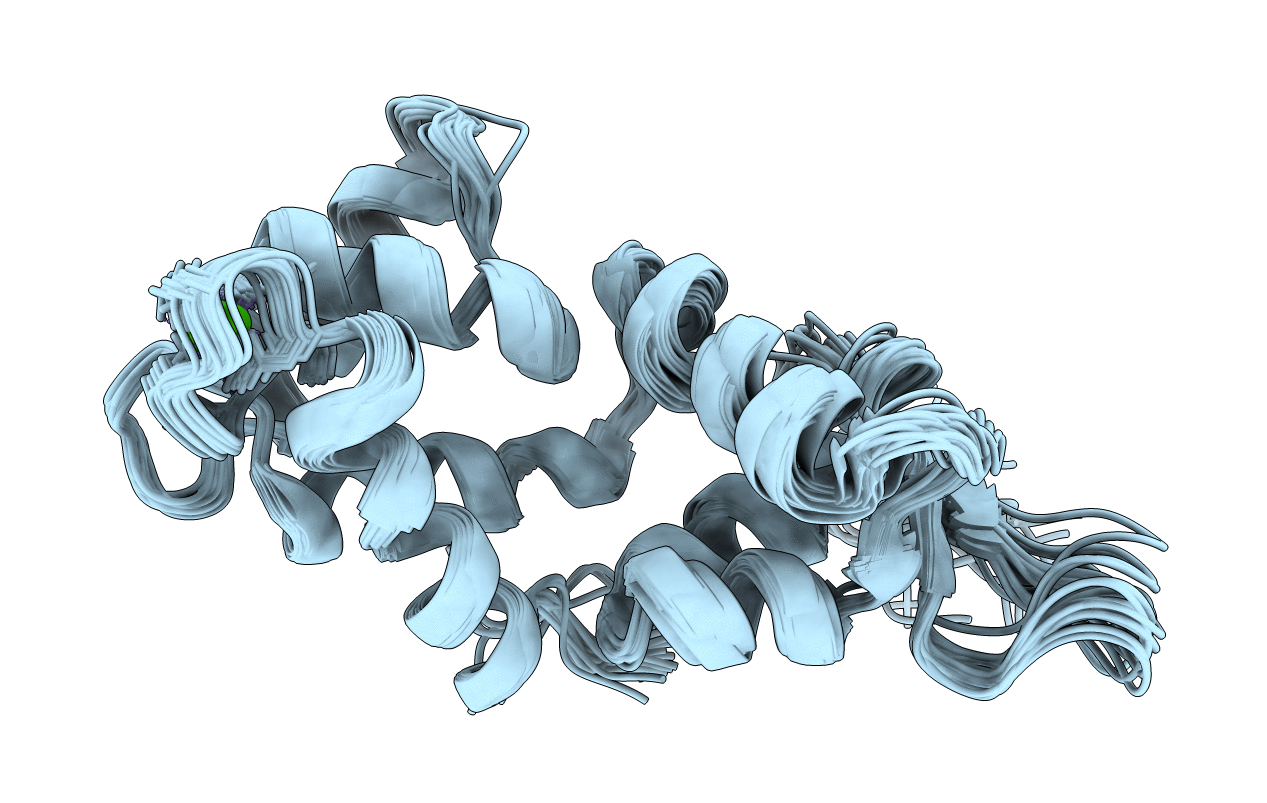
Deposition Date
2015-10-28
Release Date
2016-06-29
Last Version Date
2024-05-15
Entry Detail
PDB ID:
2N8Y
Keywords:
Title:
Holo form of Calmodulin-Like Domain of Human Non-Muscle alpha-actinin 1
Biological Source:
Source Organism:
Homo sapiens (Taxon ID: 9606)
Host Organism:
Method Details:
Experimental Method:
Conformers Calculated:
20
Conformers Submitted:
20
Selection Criteria:
structures with the lowest energy


